Chapter 53 - Baroque Art of Europe
1/9
There's no tags or description
Looks like no tags are added yet.
Name | Mastery | Learn | Test | Matching | Spaced |
|---|
No study sessions yet.
10 Terms
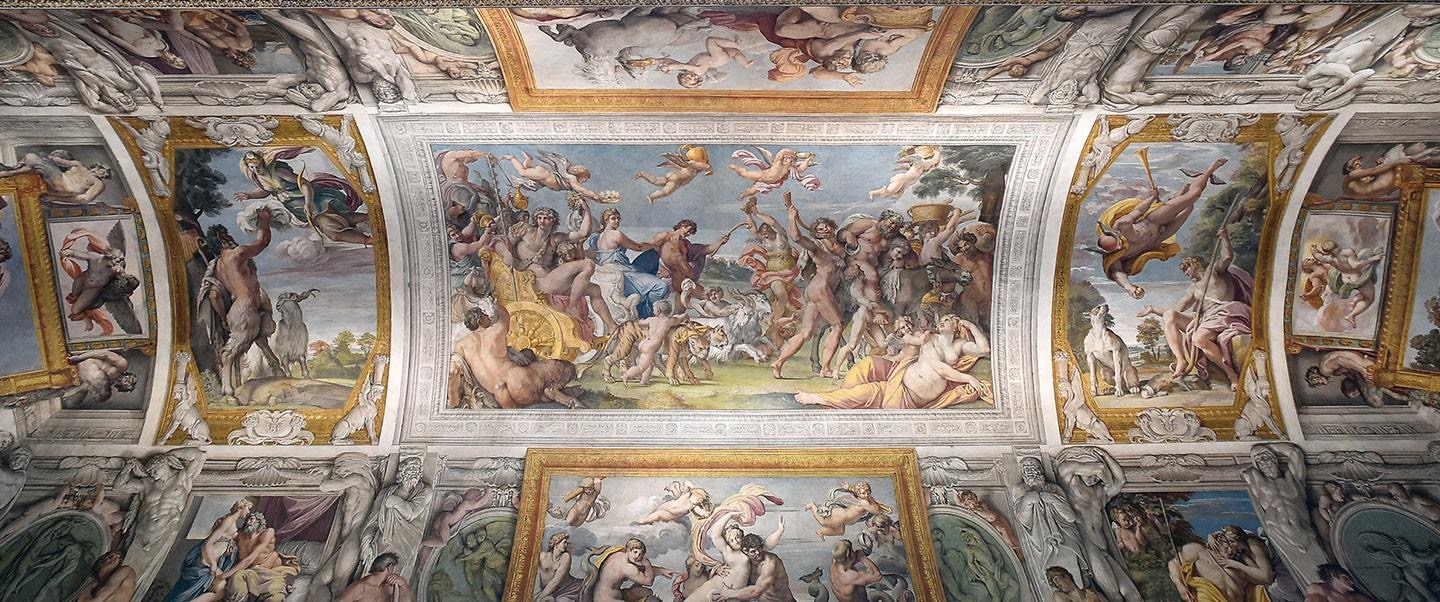
Annibale and Agostino Carracci, The Love of the Gods
Image combines the exuberance of Mannerism and the tradition of the Classical Idealism
Intermingles painting sculpture, and architecture, but through the imagery, positions painting as the superior illusionistic art
Baroque Classicism imagery includes a myriad of references to antiquity
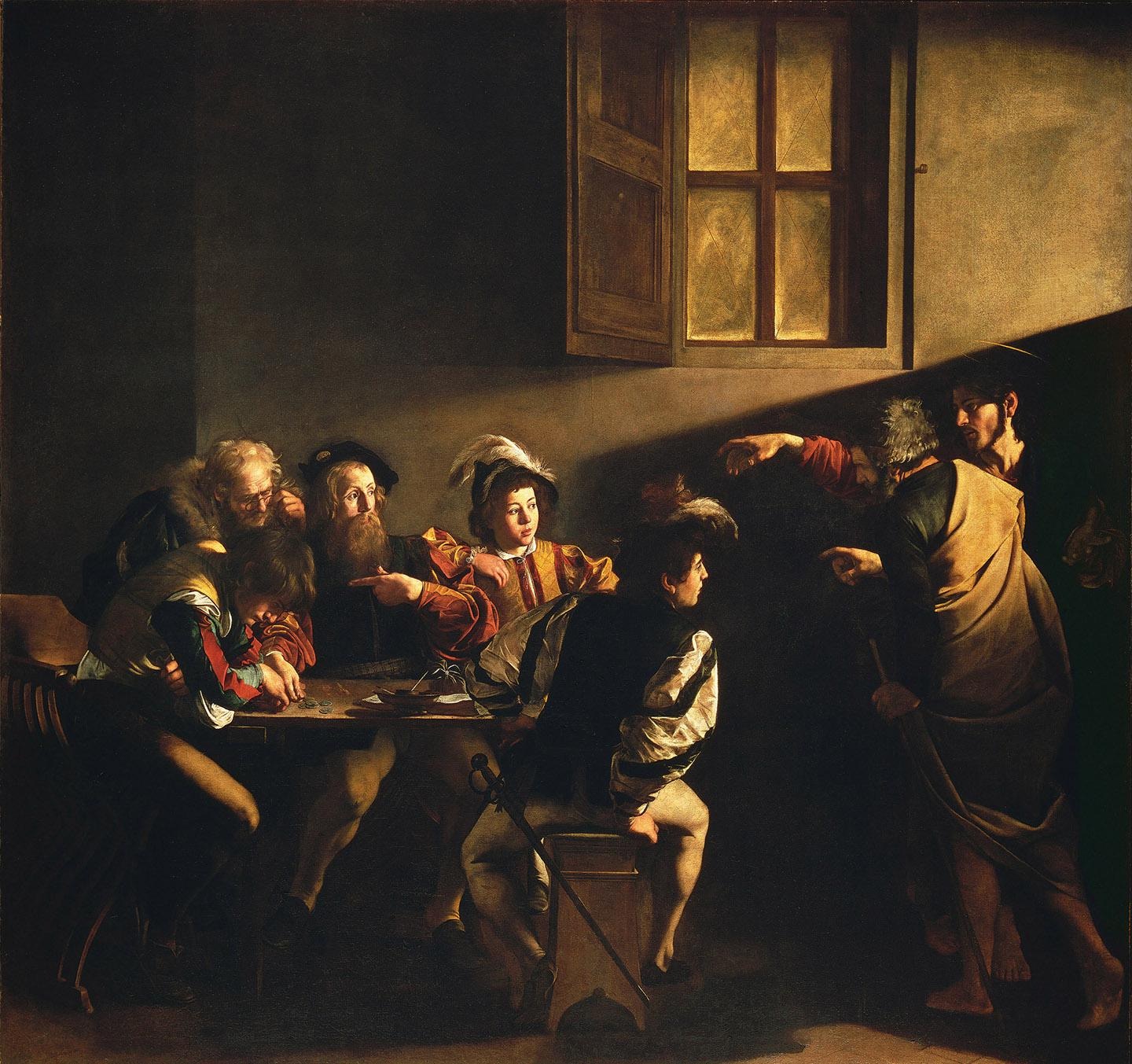
Caravaggio, The Calling of St. Matthew
An example of Baroque naturalism
It is based on the dramatic use of light and line, and a vividly realistic treatment of the subject
Visual ambiguity allows the viewer to interpret the image subjectively
Christ’s outstretched hand mimics Adam’s hand in the Sistine Chapel ceiling
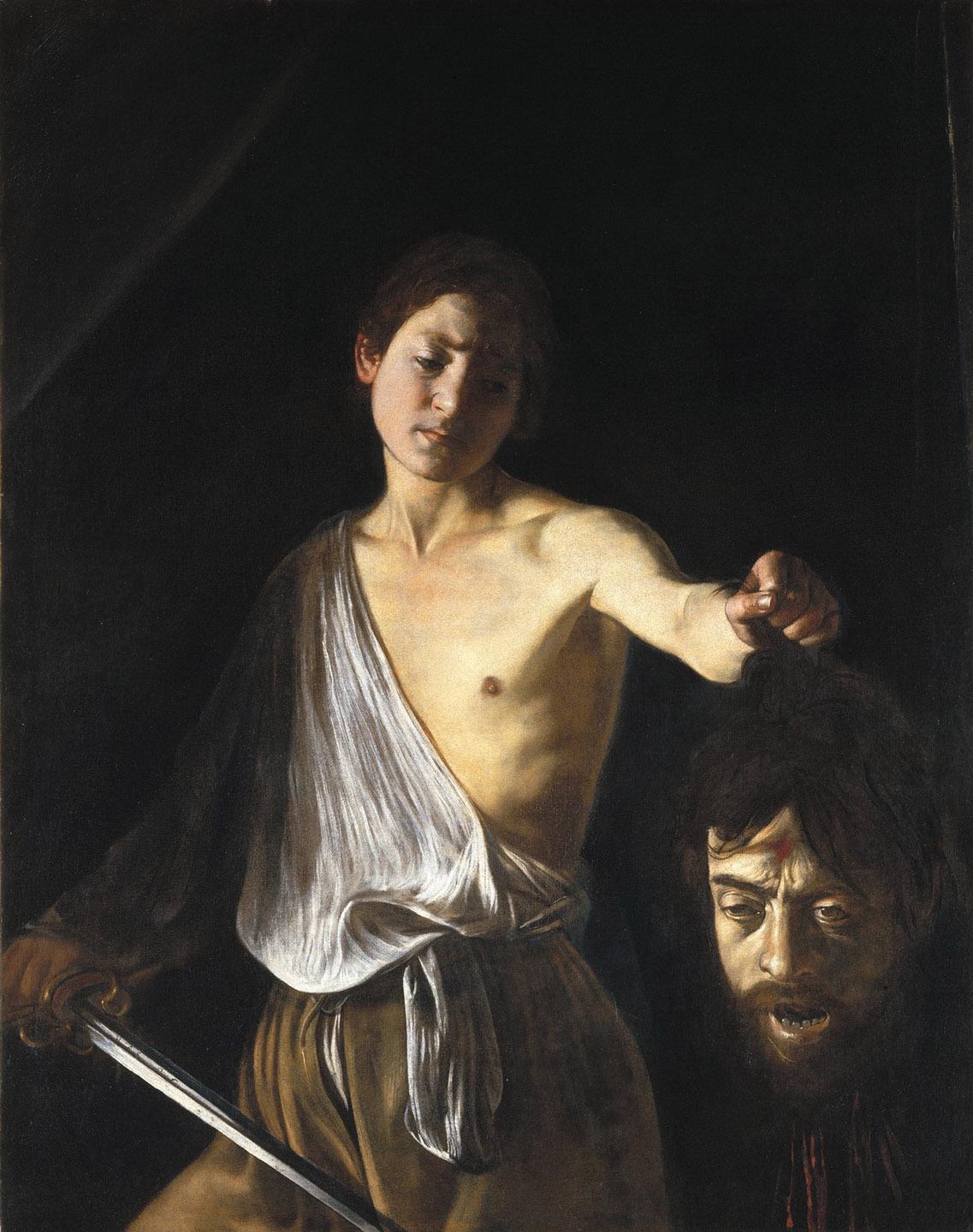
Caravaggio, David with the Head of Goliath
Conveys the artist’s personal guilt and asks for mercy
Goliath is a self-portrait of Caravaggio
Sword inscription: humilitas accidit superbiam
Innovative in its focus on characters as individuals with psychological depth and emotional resonance
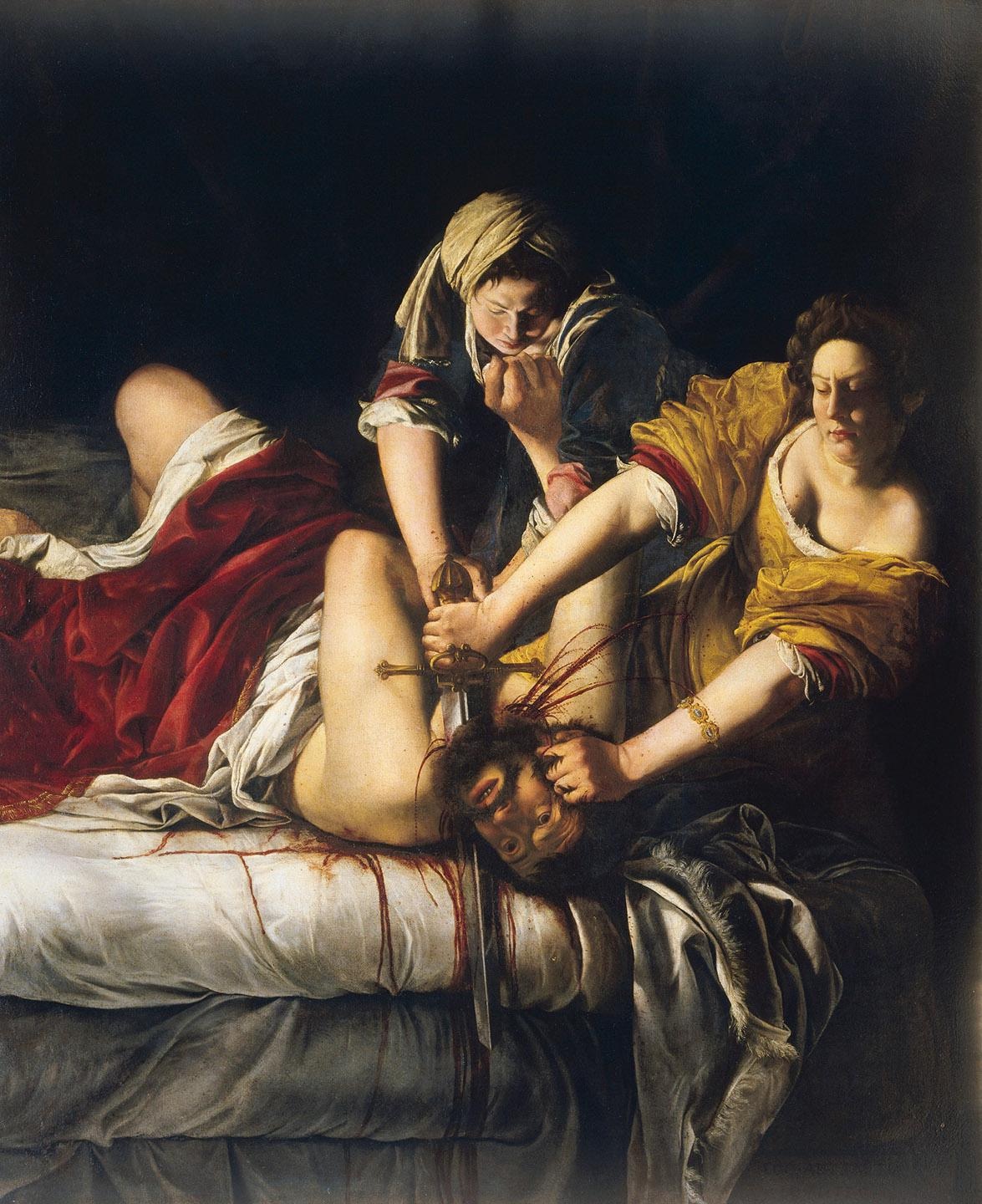
Artemisia Gentilschi, Judith Slaying Holofernes
Gentileschi was a Caravaggisti who emulated Caravaggio’s dramatic, naturalistic approach to create a heightened scene of drama
An Old Testament scene infused with contemporary knowledge (e.g., the incorporation of the parabola shape of the arca on blood that spew from Holofernes’ neck
Scene of empowered women
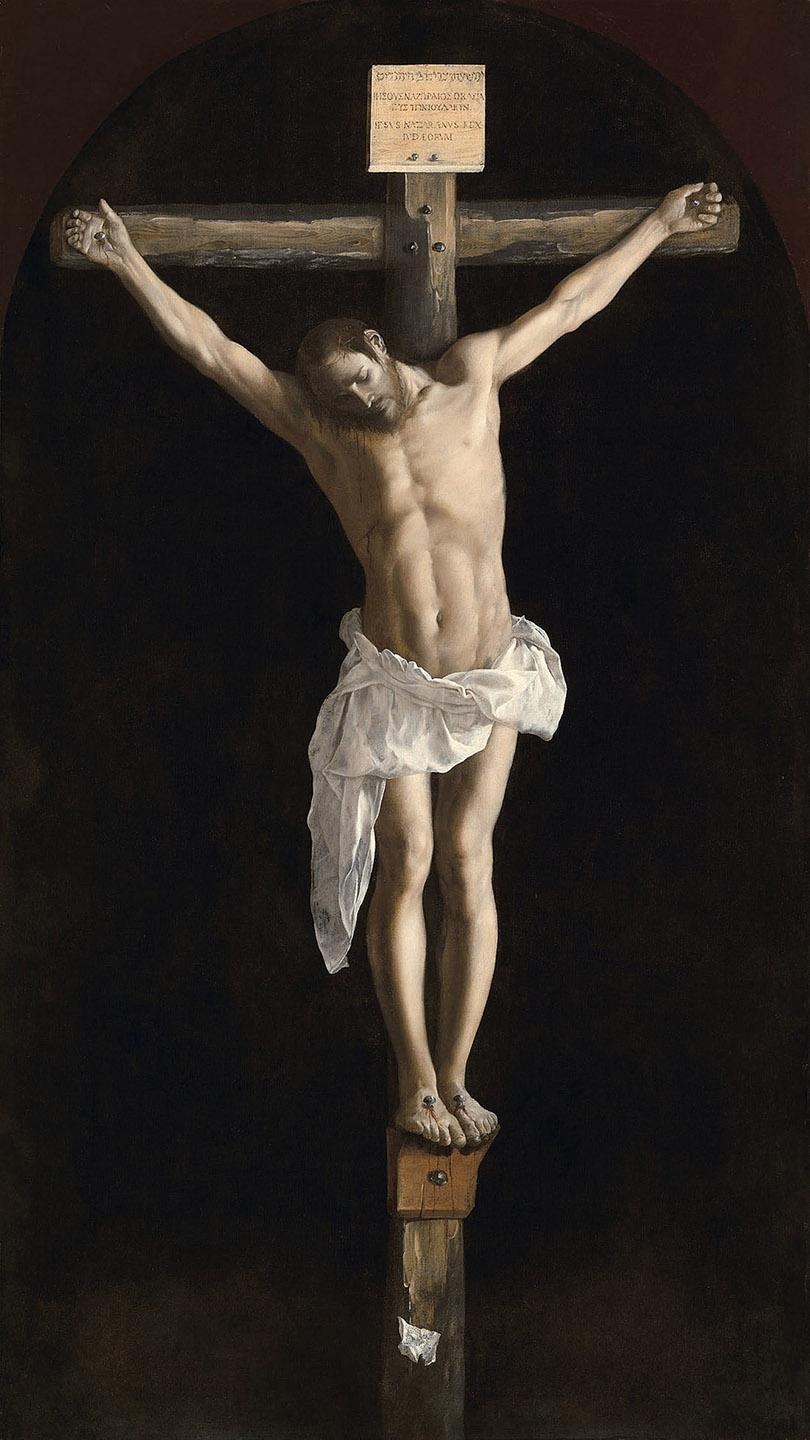
Francisco de Zurbarán, Christ on the Cross
In Spain, works of art served as devotional objects and reinforced Catholic theological reforms
Utilizes tenebrism, but removes narrative detail to ensure the viewer’s exclusive focus on the crucifixion
Visual illusionism is used to amplify Christ’s suffering and sacrifice
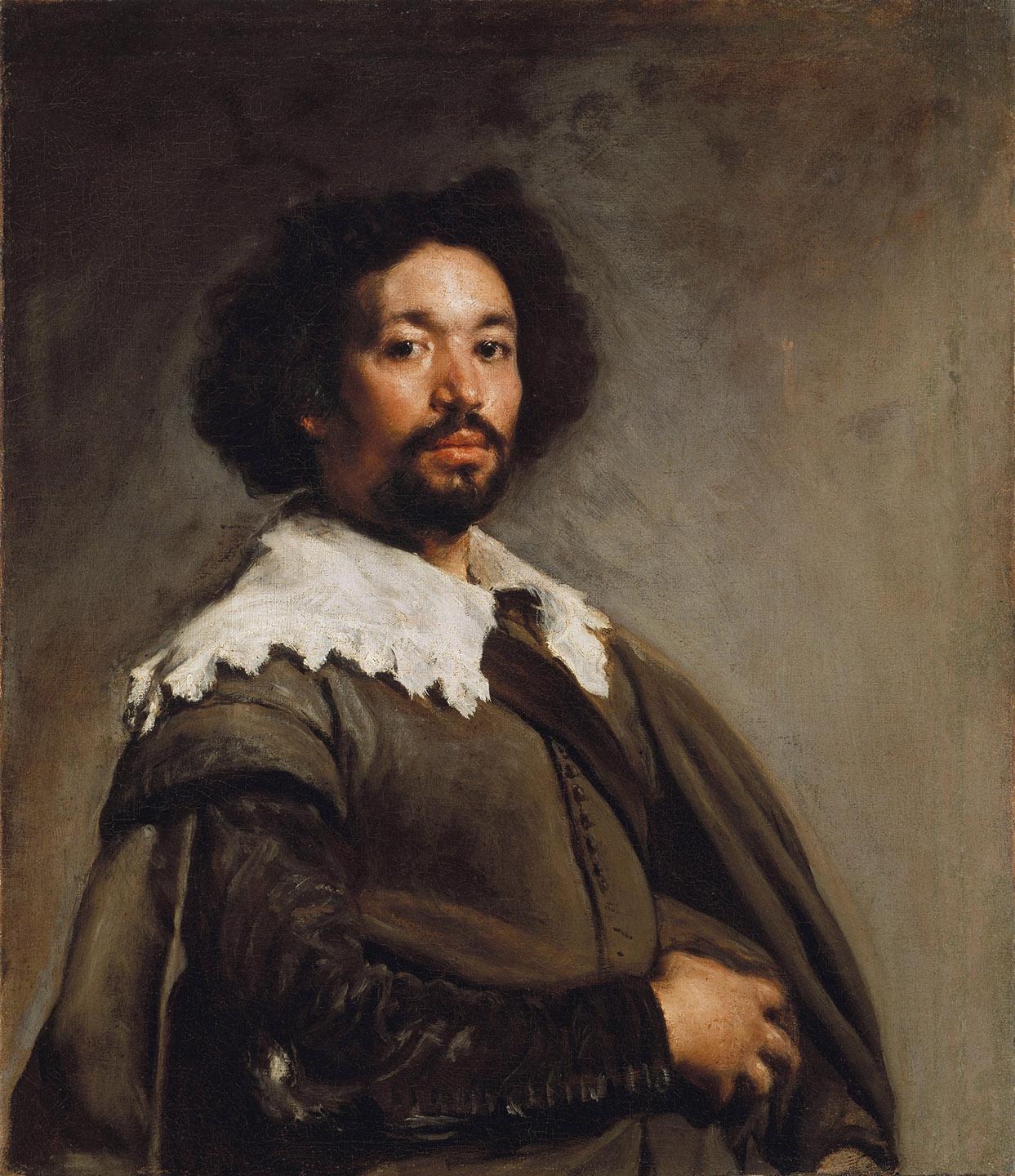
Diego Velázquez, Juan de Pareja
The sitter is of Spanish and North African descent who was enslaved to Velázques and was considered an unusual subject
Intimacy of the sitter’s gaze and stance create a connection between the sitter and the viewer
Combination of loose brushstrokes and extreme precision created an immediacy that other painters recognized as “truth”
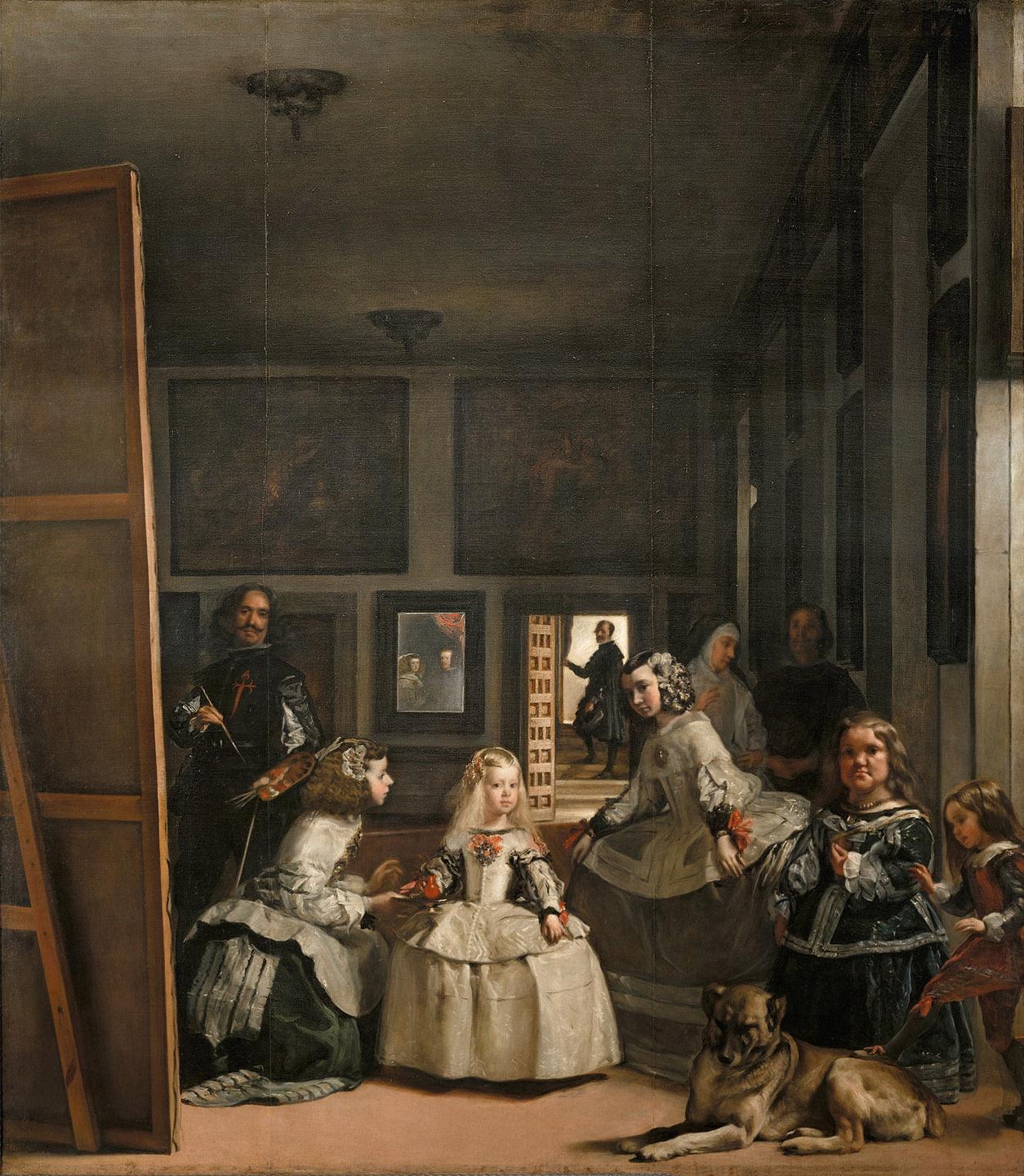
Diego Velázquez, Las Meninas (The Maids of Honor)
Embraces a sense of ambiguity and captures a sense of reality that reflects on the nature of Illusionism
Features portraits of variety of members of the royal household, including the artist himself, in a relatively informal manner
The true subject of the matter of the image remains unclear, as this is an artist’s self-portraits, a group portrait, and a genre scene

Peter Paul Rubens, The Elevation of the Cross
Baroque dynamism is seen here through foreshortened figures, diagonal lines, and V-shaped space
Features many details derived from the Gospels, and adheres to Catholic Reformation ideals of lifelike, historically accurate subjects that inspire the viewer
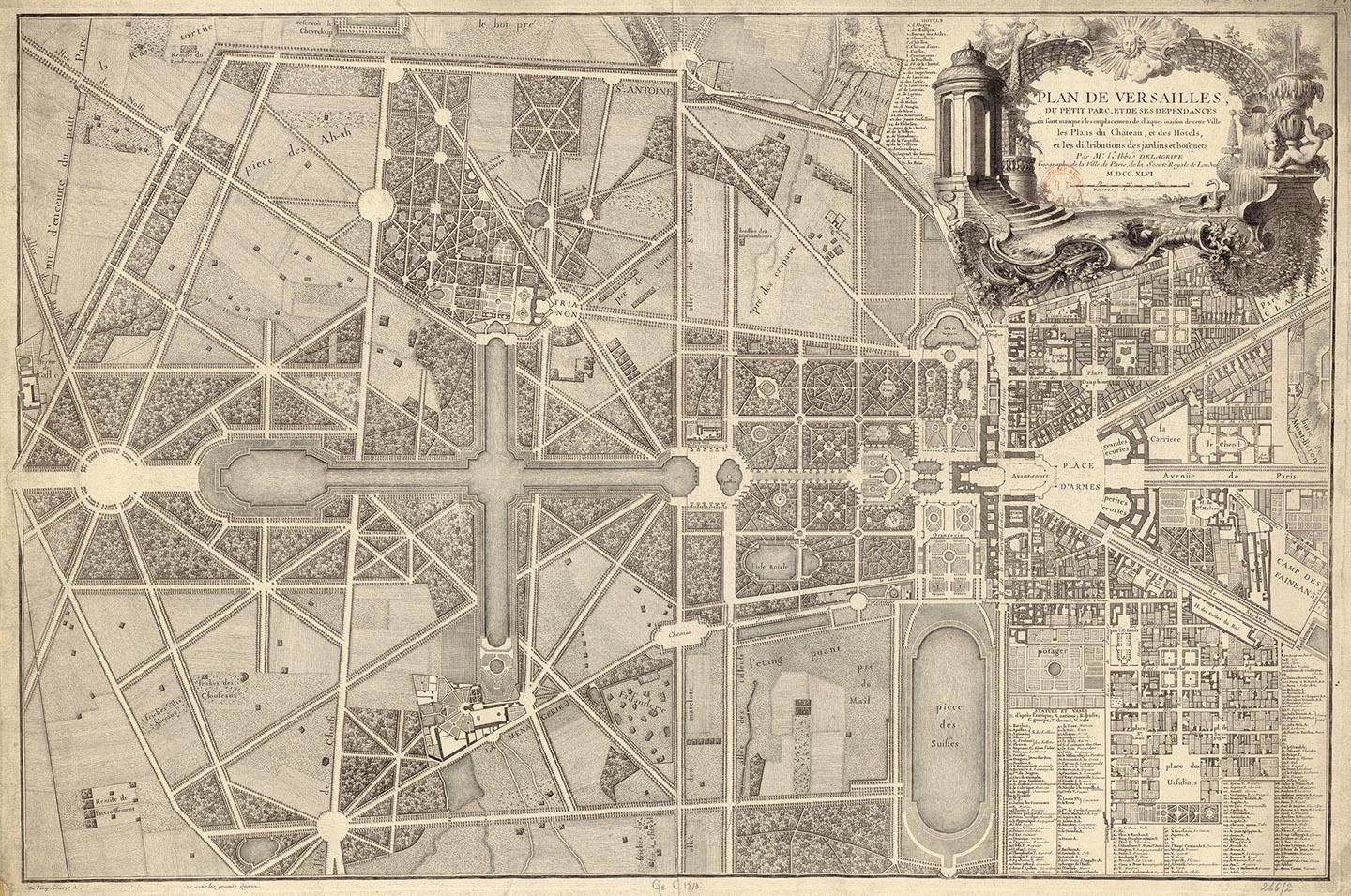
Jean Delagrive, Plan of Versailles
Louis XIV’s absolute power was communicated through art (e.g. the transformation of a family hunting lodge into the Baroque palace, Versailles)
The gardens were designed to impress a sense of order on nature while also featuring dynamic lines and multiuse spaces
Conveys the idea that the king controlled nature itself
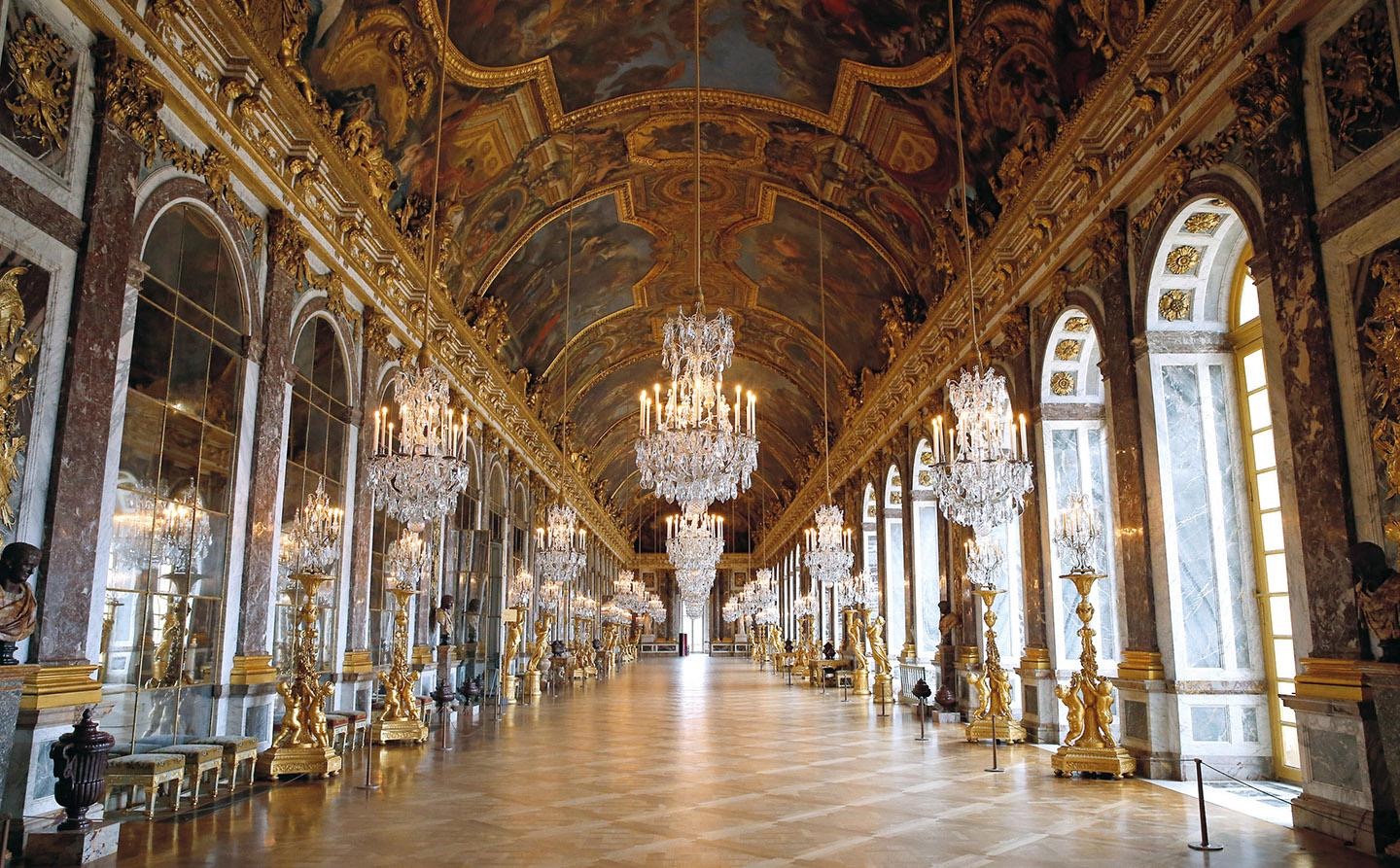
Hardouin-Masart and Le Brun, Hall of Mirrors, Château of Versailles
This waiting room and reception hall impressed upon the viewer the absolute control of the king
The extensive use of glass, a costly material that was difficult to transport, demonstrated the power and wealth of the king and France